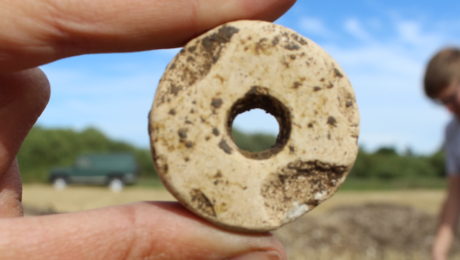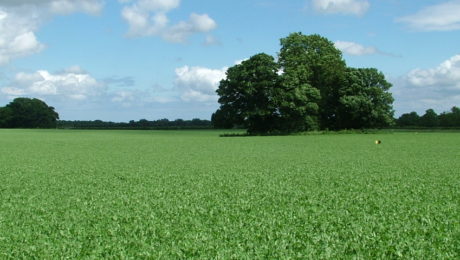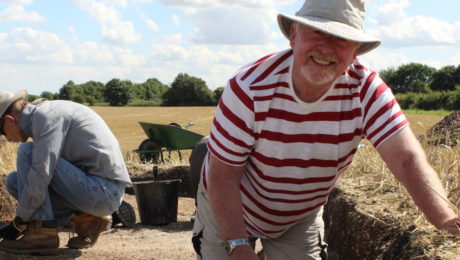In the 1930s, the Roman finds came tumbling in. Among them were 37 coins (one of which as Iceni), plenty of pottery, mortared stone walls and floors, and, in the neighbouring field, clear evidence of a Roman ladder settlement, which includes a 4th century villa.
These excavations seem to suggest that settlement was inhabited from the late Iron Age, right through the Roman period and into the early Anglo-Saxon occupation.
Over the last few years, two metal detectorists working with the Portable Antiquities Scheme have continued to unearth incredible finds, including hundreds of high status Roman pottery sherds and even some Roman tesserae, all of which hint that with further archaeological excavation, there’s plenty more evidence to be unearthed.





